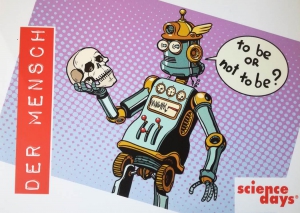2017 / English – Journal of Medical Genetics 2017; 54: 54-62
Schossig A, Bloch-Zupan A, Lussi A, Wolf NI, Raskin S, Cohen M, Giuliano F, Jurgens J, Krabichler B, Koolen DA, de Macena Sobreira NL, Maurer E, Muller-Bolla M, Penzien J, Zschocke J, Kapferer-Seebacher I.
Abstract:
“BACKGROUND:
Kohlschütter-Tönz syndrome (KTZS) is a rare autosomal-recessive disease characterised by epileptic encephalopathy, intellectual disability and amelogenesis imperfecta (AI). It is frequently caused by biallelic mutations in ROGDI. Here, we report on individuals with ROGDI-negative KTZS carrying biallelic SLC13A5 mutations.
METHODS:
In the present cohort study, nine individuals from four families with the clinical diagnosis of KTZS and absence of ROGDI mutations as well as one patient with unexplained epileptic encephalopathy were investigated by clinical and dental evaluation, parametric linkage analysis (one family), and exome and/or Sanger sequencing. Dental histological investigations were performed on teeth from individuals with SLC13A5-associated and ROGDI-associated KTZS.
RESULTS:
Biallelic mutations in SLC13A5 were identified in 10 affected individuals. Epileptic encephalopathy usually presents in the neonatal and (less frequently) early infantile period. Yellowish to orange discolouration of both deciduous and permanent teeth, as well as wide interdental spaces and abnormal crown forms are major clinical signs of individuals with biallelic SLC13A5 mutations. Histological dental investigations confirmed the clinical diagnosis of hypoplastic AI. In comparison, the histological evaluation of a molar assessed from an individual with ROGDI-associated KTZS revealed hypocalcified AI.
CONCLUSIONS:
We conclude that SLC13A5 is the second major gene associated with the clinical diagnosis of KTZS, characterised by neonatal epileptic encephalopathy and hypoplastic AI. Careful clinical and dental delineation provides clues whether ROGDI or SLC13A5 is the causative gene. Hypersensitivity of teeth as well as high caries risk requires individual dental prophylaxis and attentive dental management.”
Read the article: http://jmg.bmj.com/content/54/1/54.long

